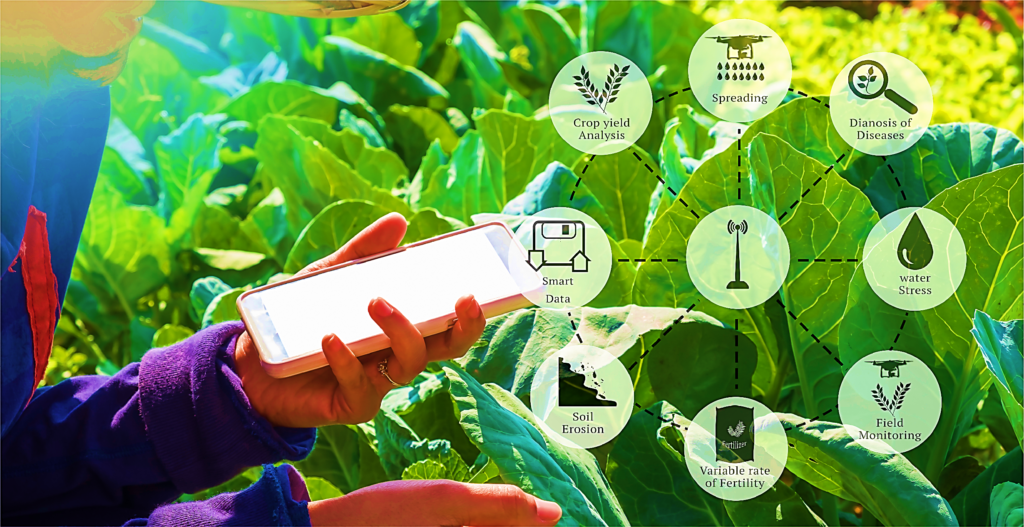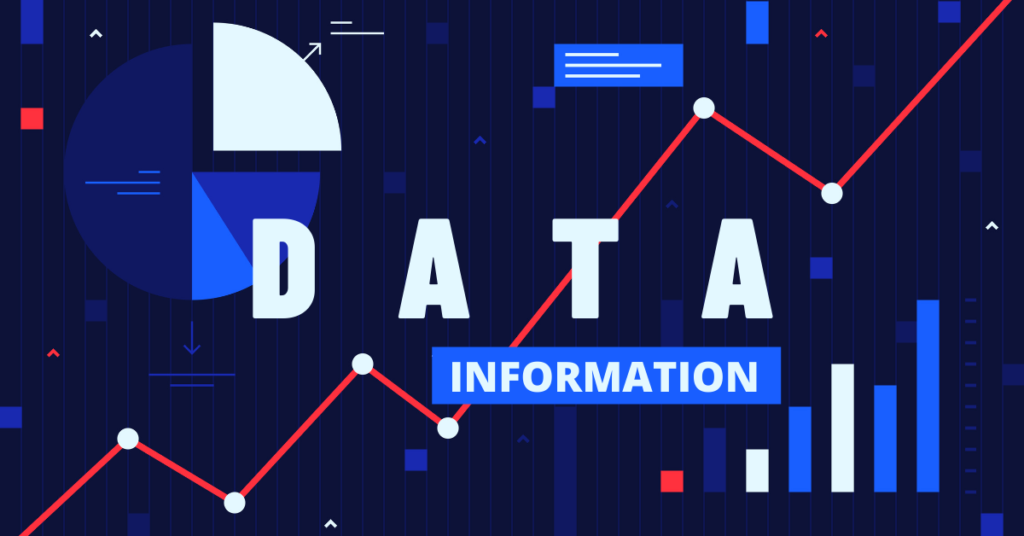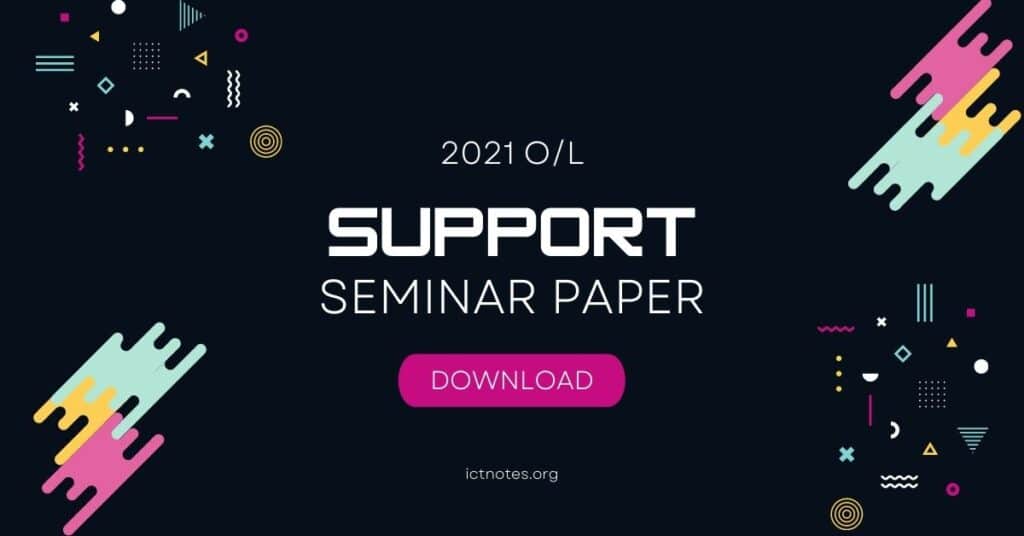"Agriculture is the foundation of manufacturers since the productions of nature are the materials of art."
Unknown
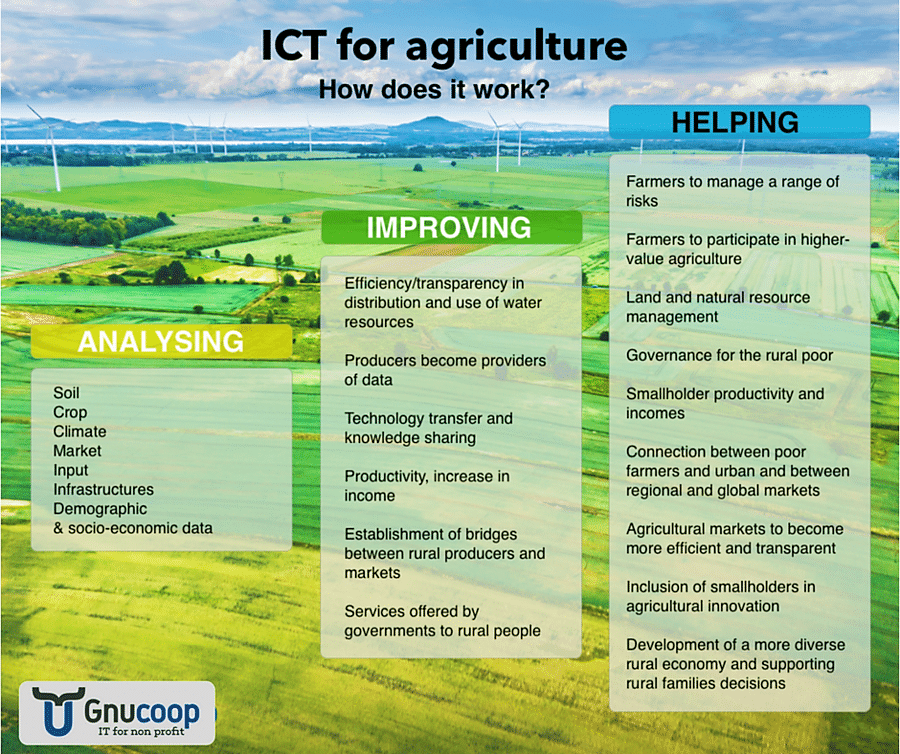
According to that, agriculture is the backbone of the Sri Lankan economy, and it is continually evolving due to technological advancements. Because of the continuous improvement of information and communication technology (ICT) worldwide, each organization or individual must focus on their products and services in a more current and ICT-related manner. Information and communication technology has the potential to enhance the amount of information available to all agricultural participants while also lowering the cost of delivering it. Knowledge transfer inside and across several agriculture networks, including researchers, exporters, extension services, and farmers, is facilitated by ICT in the agriculture industry. By connecting rural agricultural communities to the Internet, ICT facilitates crucial information flows, both obtaining information and generating local content. ICT in agriculture in developing countries supplies farmers with critical information about sowing, crop protection, and soil fertility, allowing them to increase agricultural productivity. Weather-related forecasts and notifications assist them in preparing for occasional events such as floods, droughts, or even pest and disease outbreaks that result in significant crop loss. ICTs also provide a dependable conduit for obtaining the most considerable market price in their local markets and other daily information on their produce, ensuring fair returns.
In animal husbandry, automated cleaning systems are the most widely utilized technology, regardless of the animal. These systems assist in removing waste and runoff from animal enclosures, such as pens and stalls, and transport it to a mound that may then be readily moved by machines. The advantages of this technology are obvious. Dairy farming has changed dramatically in recent decades. Farmers no longer spend hours hand milking each cow, one at a time. Thanks to technological advancements, dairy farmers have improved the daily quality of life for their herds. In dairy farming, cows are milked using a suction system. In a parlour, vacuums are confined within separate milk machines. Multiple cows can be milked at the same time with this technique. Automatic milking devices, also known as “robots,” are becoming increasingly popular on dairy farms. Most dairy farms rely on innovative technology to keep their herds healthy and produce milk. Farmers may now use computers and mobile apps to control their production and animal health. ICT is widely used in applications such as GPS for navigation and location finding, mobile phones for trade, information exchange, and emergencies, Satellite Remote Sensing (RS) for fishing forecasts and cultural site selection, and radio for communication especially in communication the fishing industry.
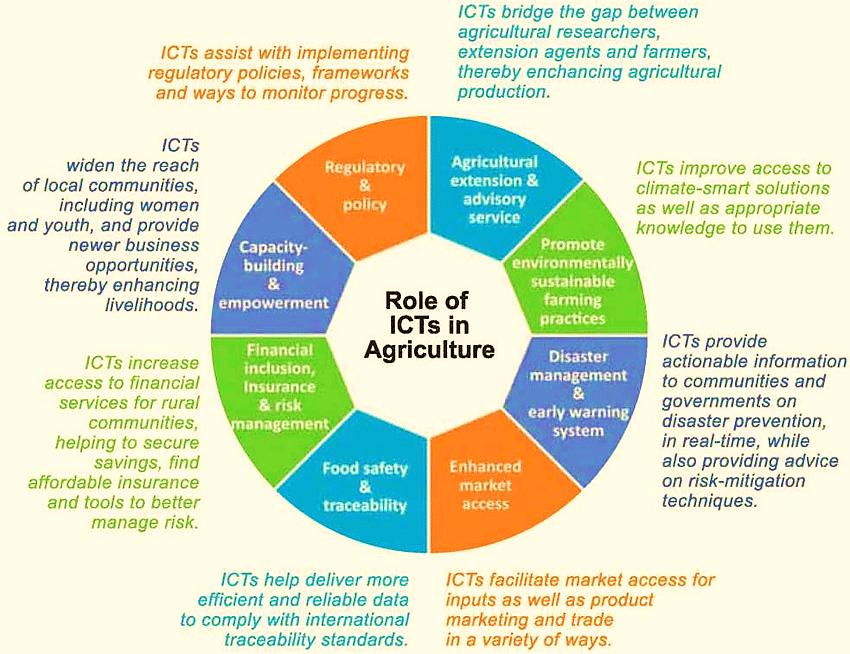
Farmers and the food business as a whole can profit significantly from ICT. ICT is particularly useful for monitoring crops and the environment, promoting sustainable development, and improving supply chain logistics. Modern technology such as chemical fertilizers, pesticides, herbicides, modern agricultural machinery, and artificial selection has increased food production. Satellites are used to track agrarian progress, identify crop illnesses, and determine the need for additional fertilizer. So, these are the ICT applications in the agriculture field in the modern dynamic world.
References:
5 Emerging Technologies Driving Improvements In Animal Welfare And Safety. (2021, October 28). 5 Emerging Technologies Driving Improvements in Animal Welfare and Safety. https://www.aem.org/news/5-emerging-technologies-driving-improvements-in-animal-welfare-and-safety.
ICT Application In Modern Agriculture Technology & Digital Farming. (2021, January 12). CropIn. https://www.cropin.com/ict-in-modern-agriculture/.
Singh, S., Ahlawat, S., Sanwal, S., & Khan, K. (2017, September 25). Role Of ICT In Agriculture: Policy Implications | Oriental Journal Of Computer Science And Technology. Oriental Journal of Computer Science and Technology. https://www.computerscijournal.org/vol10no3/role-of-ict-in-agriculture-policy-implications/.

